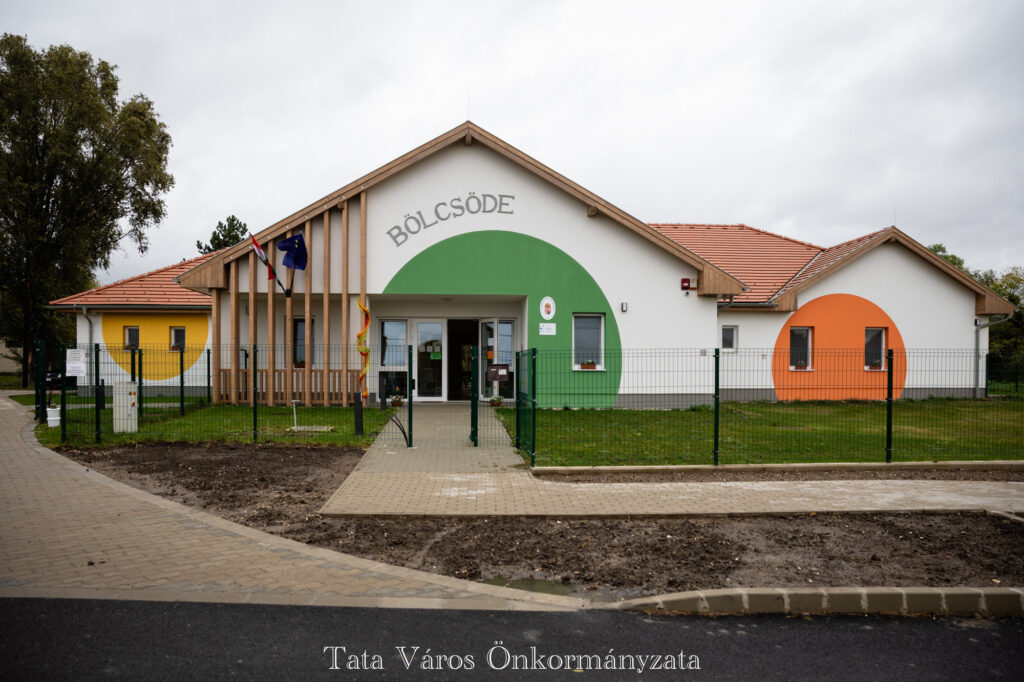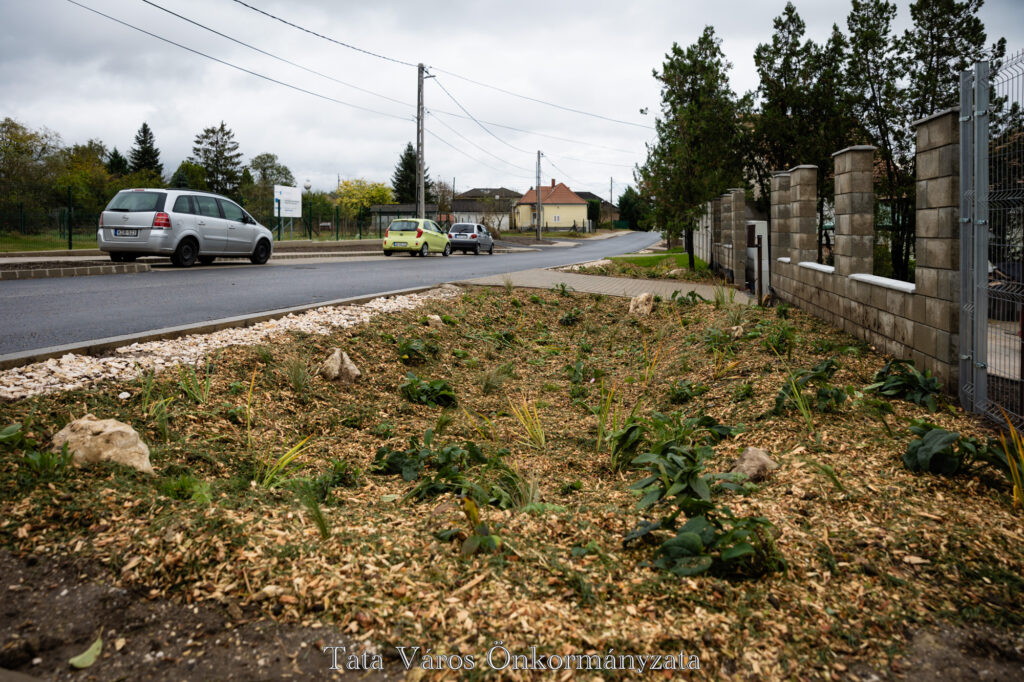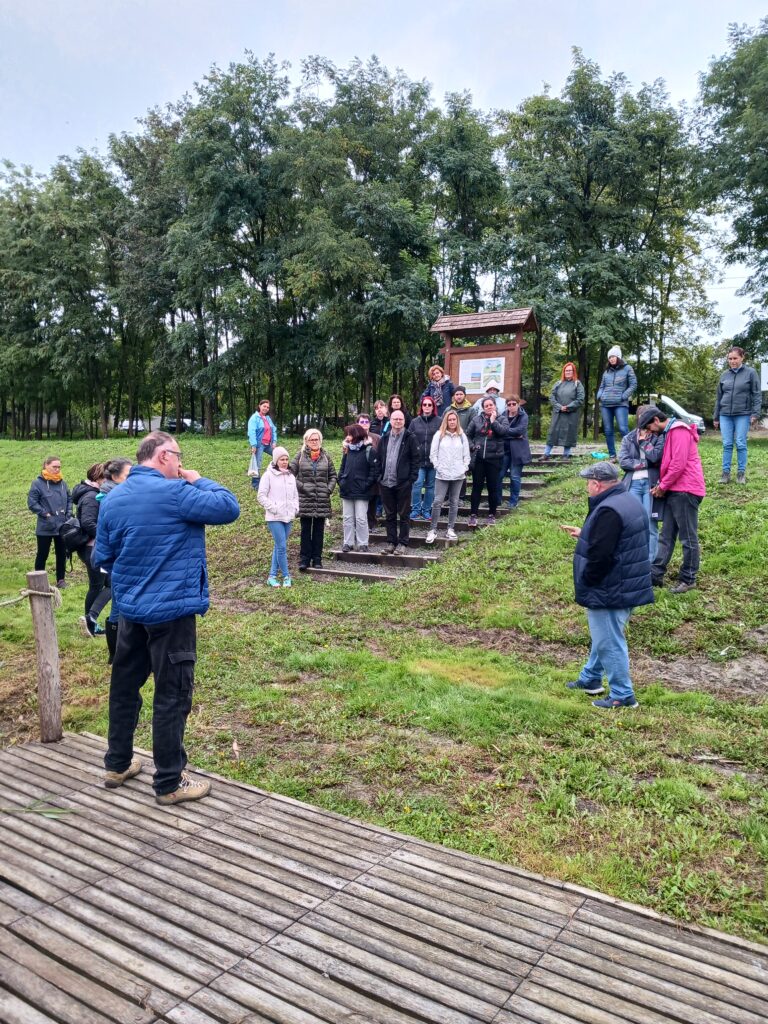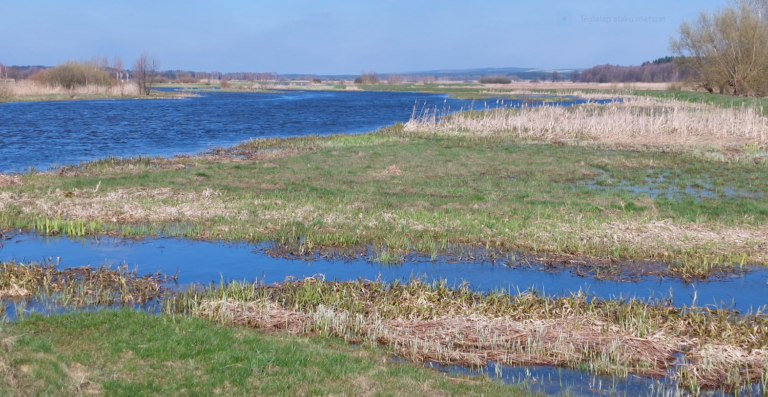On 27th October, the Municipality of Tata organized an event demonstrating innovative water management methods at the nursery located in Nádas Street in Újhegy, which is a part of the town. The Municipality of Tata is also among the 14 municipalities that won funding last year from 86 applicants in the Municipal Support Programme coordinated by the Ministry of Interior to encourage local climate adaptation and natural water retention.

Source of the photo: https://tata.hu/esokertek-letesulnek-a-nadas-utcaban/
The extreme water shortage caused by climate change draws our attention to the fact that adaptation to the consequences of climate change is also of particular importance at settlement level. Within the framework of the Municipal Support Programme, municipalities could apply with innovative ideas that contribute to the adaptation to climate change and water retention in the context of local, small-scale interventions.
Regarding the project, Balázs Rigó, Deputy Mayor of the Municipality of Tata, said: Last year, the town won this support opportunity, in which we got almost HUF 3 million . The project was implemented in total from about HUF 15 million . The main goal of the project was to create rain gardens in some parts of Nádas Street. This was necessary because when the new road was built during the construction of the Újhegy nursery school, the rainwater drainage had to be solved at the same time, but there was no suitable space for the rainwater on the site, so theyhad to think of an alternative solution. An innovative solution to this problem is the creation of rain gardens.

Source of the photo: https://tata.hu/esokertek-letesulnek-a-nadas-utcaban/
One of the benefits of creating rain gardens is that they reduce the damage caused by flash floods, as they are able to absorb larger amounts of water. Rainwater is stored and continuously utilized, so there is no need to water the surface even in drier, rainless periods. Another advantage of their use is that rain gardens require less care than traditional garden solutions.
The implementation of rain gardens have been completed in Nádas Street, and now planting the rain gardens are in progress. The head gardener Frigyes Csicsai said: – Herbaceous and woody plants are usually planted in the rain gardens, in Nádas Street due to the narrow public place and the high density of public utilities, herbaceous plants and dwarf shrubs are planted. Since harmful substances can get on the road surface, a sandy mixture has been added to the soil of the rain gardens, which practically filters any harmful substances that demolished by fungi and bacteria in rain gardens.

Source of the photo: https://tata.hu/esokertek-letesulnek-a-nadas-utcaban/
Another important goal of the project is to raise awareness, as part of this on 27th October in the nursery of Újhegy, László Musicz dr.professional director of the so-called Által-ér Association gave a presentation on the role of water in urban environments and Frigyes Csicsai, head gardener talked about the process of rain garden construction.In addition,an informative proceeding will be published, so as many people as possible can learn about the rain gardens and get help in creating their own ones.
Source of the text: https://tata.hu/esokertek-letesulnek-a-nadas-utcaban/












